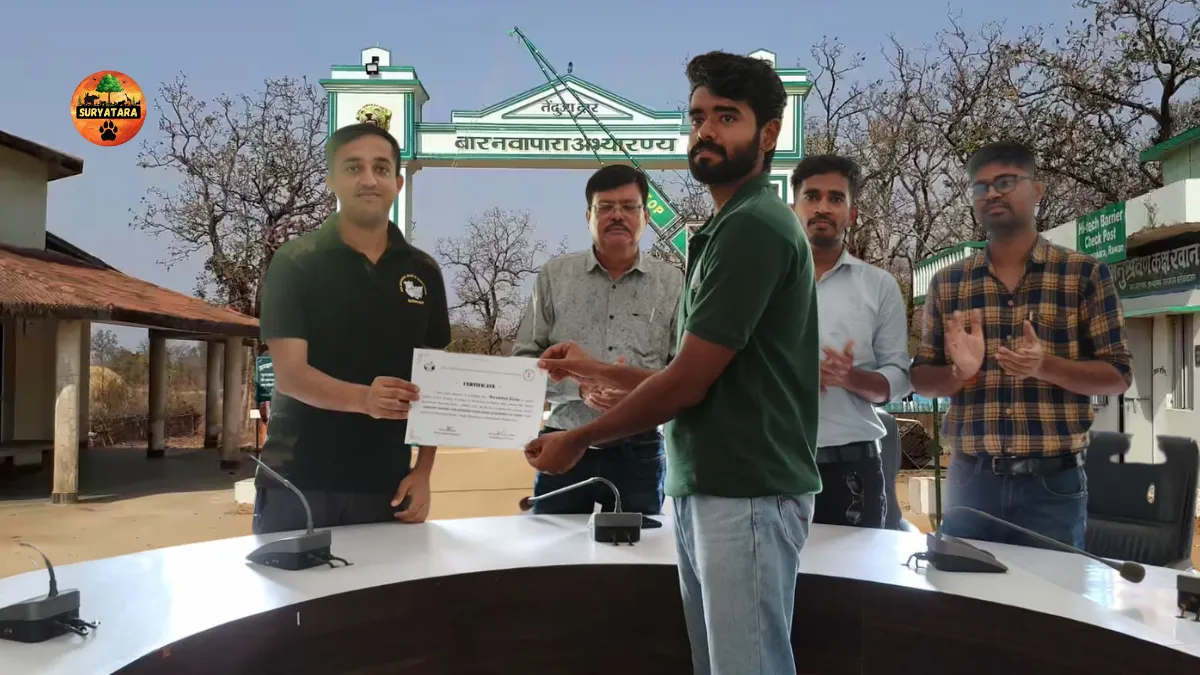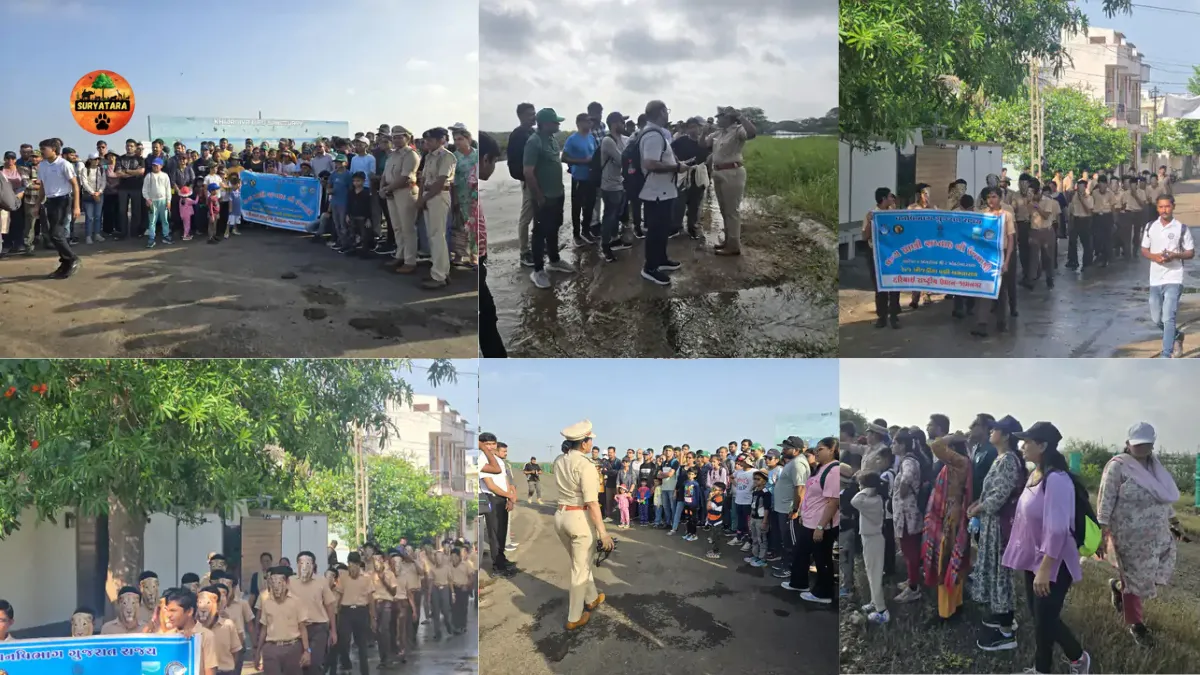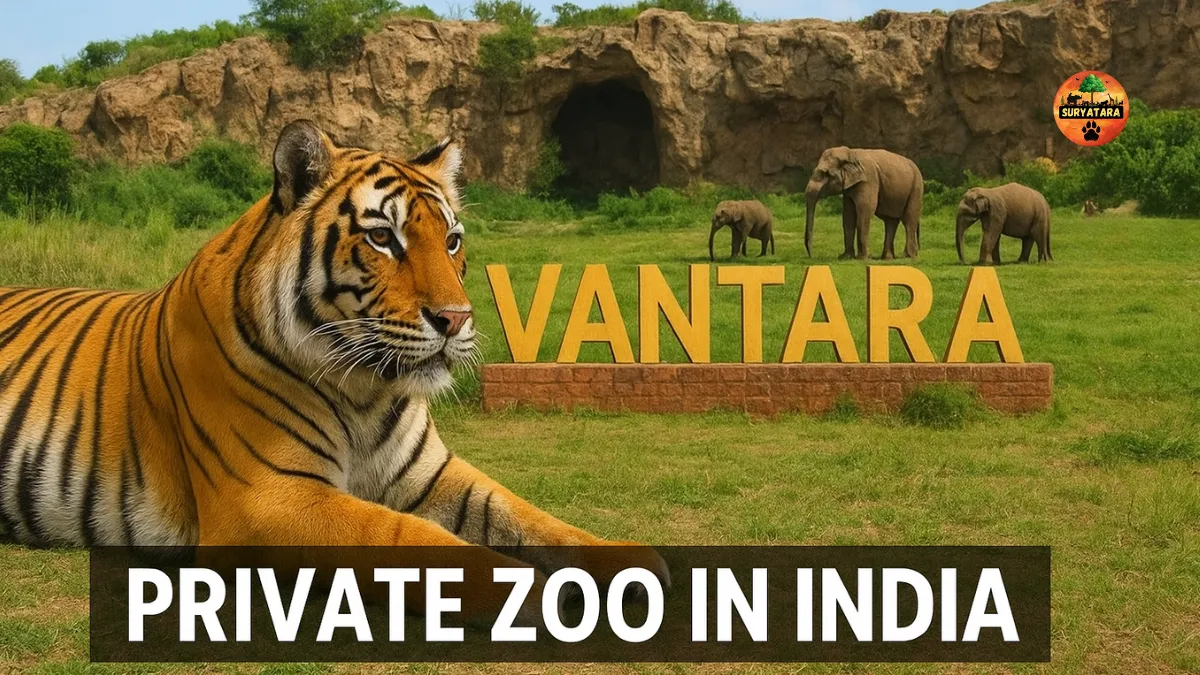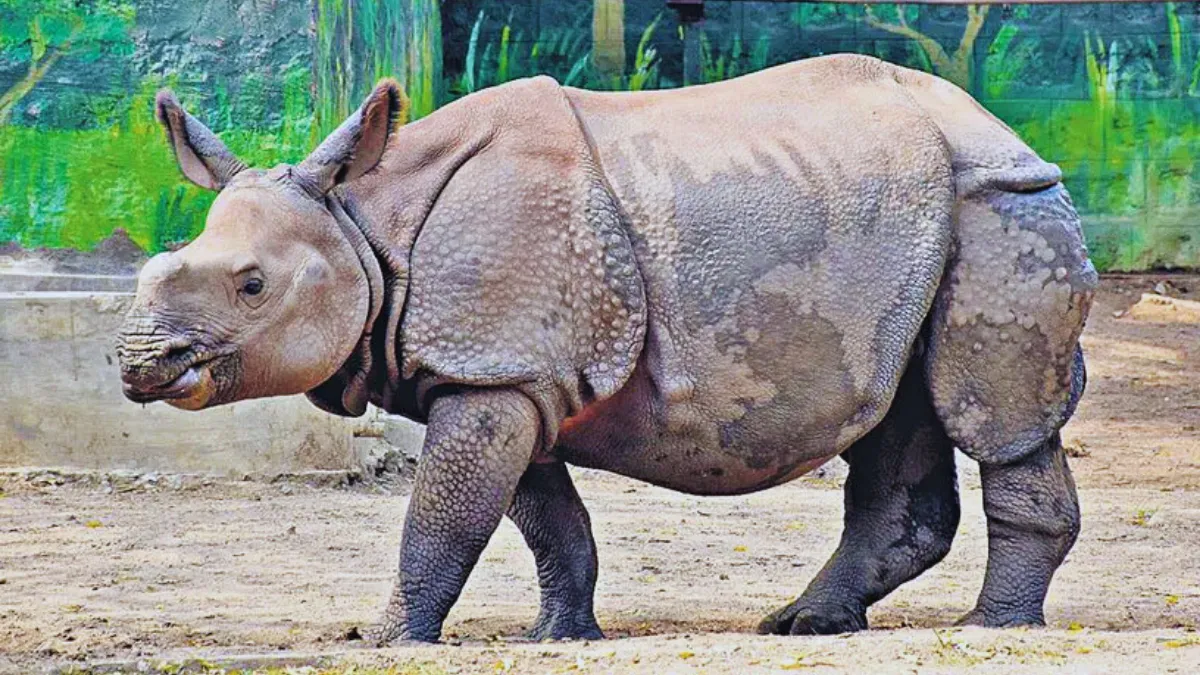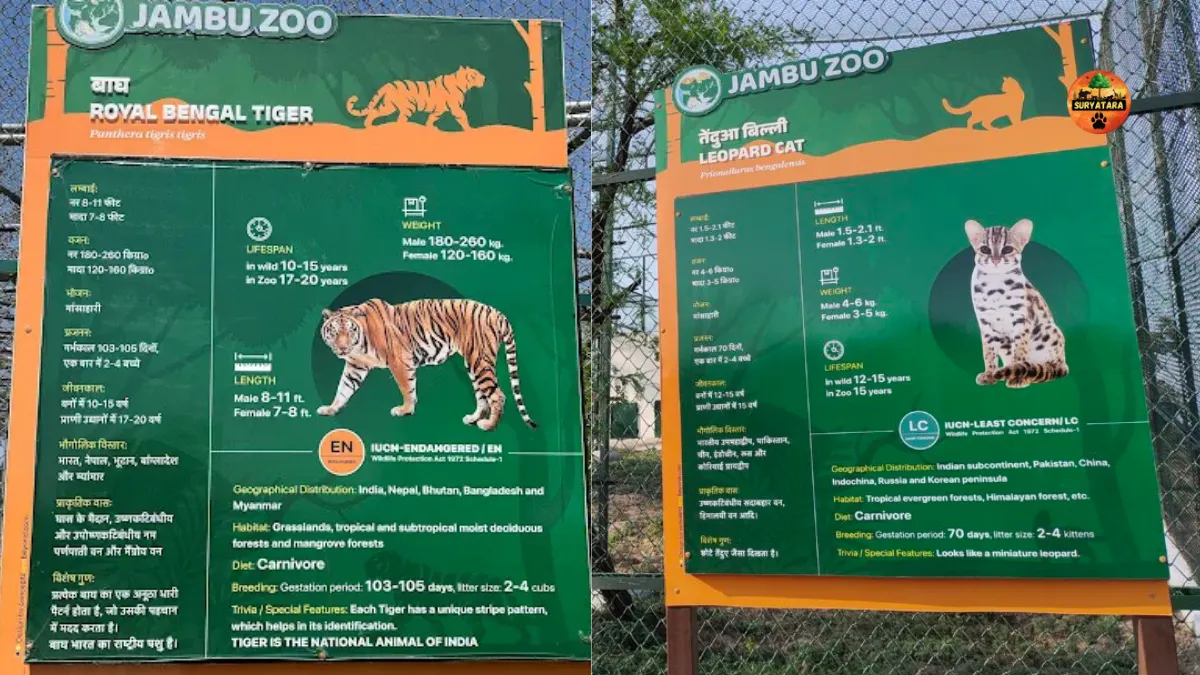The Barnawapara Wildlife Sanctuary in Chhattisgarh has become an exceptional training ground for aspiring forest officers. Students from Rani Lakshmi Bai Central Agricultural University, Jhansi, are currently undergoing an intensive internship program here, learning the practical skills required for wildlife management, forest conservation, and sustainable ecosystem practices. Starting from September 10, these students are gaining hands-on experience in one of India’s rich biodiversity hubs, bridging the gap between classroom theory and real-world application.
Every morning, the students venture into the dense forests of Barnawapara Wildlife Sanctuary with their trainers, equipped with cameras, field notebooks, and essential tools. These excursions allow them to observe wildlife behavior directly, understand habitat conservation methods, and develop a practical understanding of ecological balance. Alongside theoretical lessons, students are learning to monitor species, identify flora and fauna, and implement conservation strategies.
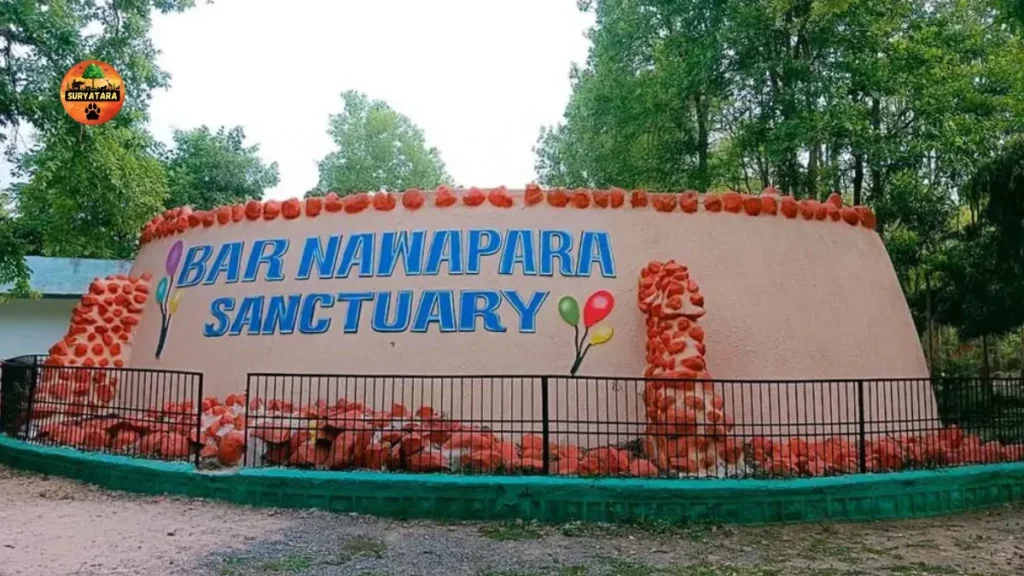
A Classroom Amidst Nature
A total of 31 BSc Forestry students from Rani Lakshmi Bai Central Agricultural University are participating in a two-week internship at Barnawapara Wildlife Sanctuary. Of these, 17 are male students and 14 female students. The students have been divided into two groups—15 and 16 members each—to rotate between the main sanctuary and the Devpur forest range for a comprehensive training experience.
This immersive approach allows interns to learn various aspects of wildlife conservation, from tracking animal movements to patrolling anti-poaching areas. The interns are also gaining insights into habitat restoration, water and soil conservation, and the use of technology in forest management. As one student described, “The Barnawapara Wildlife Sanctuary is teaching us lessons that books cannot. Every step in the forest reveals new knowledge about wildlife and the responsibilities of a forest officer.”
Hands-On Wildlife and Ecosystem Training
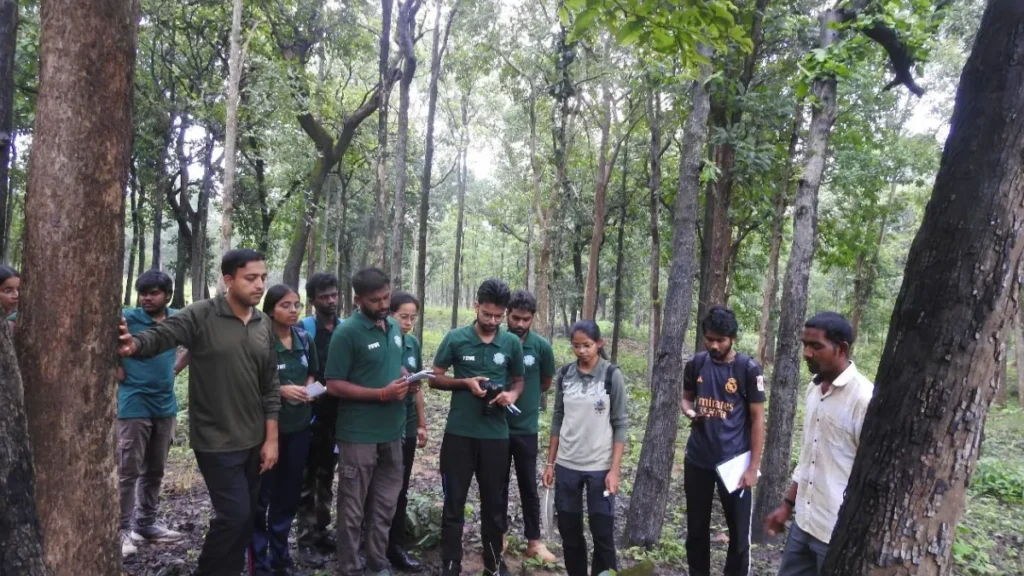
The internship program emphasizes practical learning. Students are taught techniques for protecting wildlife, understanding forest ecology, and recognizing the behaviors of various species. Experienced forest department officials guide the interns, ensuring that academic knowledge is effectively combined with real-life forest operations.
Key areas of training include:
- Tracking and Bird Watching: Observing wildlife movements and studying ecological roles.
- Habitat Management Techniques: Learning to maintain and restore habitats for endangered species.
- Plant and Tree Identification: Understanding native flora crucial for ecological stability.
- Patrolling and Anti-Poaching Walks: Gaining practical knowledge on preventing illegal wildlife activities.
- Human-Wildlife Conflict Resolution: Strategies to mitigate conflicts between local communities and wildlife.
- Soil and Water Conservation Practices: Implementing sustainable practices for forest health.
- Fire Protection Strategies: Learning preventive measures and emergency responses.
- Digital Applications in Forestry: Utilizing modern technology for monitoring and data collection.
- Community-Based Conservation: Engaging local communities in conservation initiatives.
- Report Writing and Presentation Skills: Documenting observations and field reports professionally.
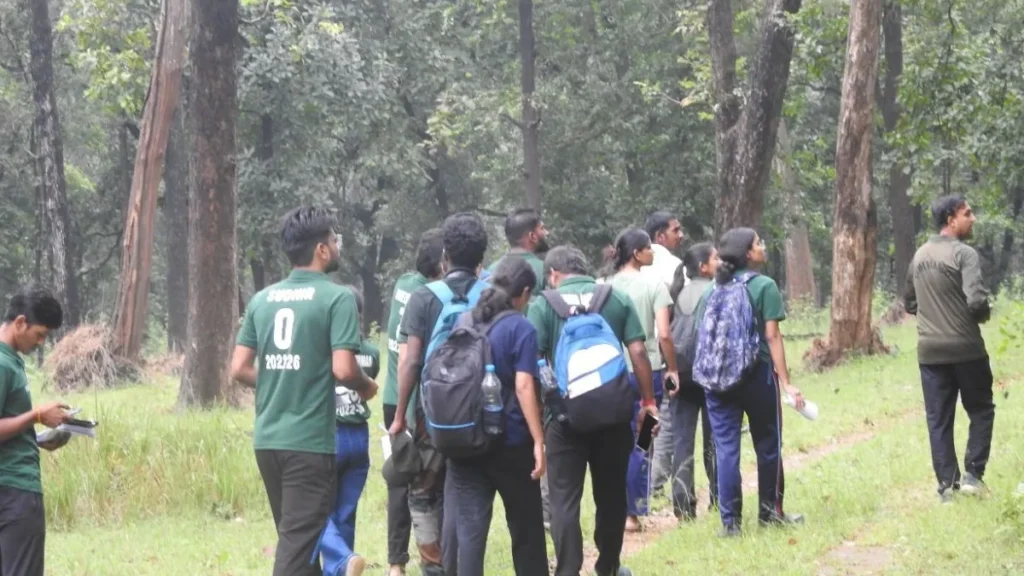
Insights from Forest Officials
During the internship, students met Ganveer Dhammashil, Divisional Forest Officer (DFO) of Baloda Bazar, who provided detailed insights into ongoing conservation projects. The DFO discussed initiatives like water-forest journeys, youth engagement programs, and community-driven conservation projects. Emphasizing the importance of public participation, he highlighted the link between eco-tourism, sustainable livelihoods, and wildlife protection.
“Barnawapara Wildlife Sanctuary is not just a home for wildlife; it is a living laboratory,” said DFO Ganveer Dhammashil. “The students here are learning how to balance human society with nature while developing skills that will make them responsible future forest officers.”
Also read: Siju Wildlife Sanctuary Travel Guide: Best Time, Wildlife, and Attractions
Community Engagement in Conservation
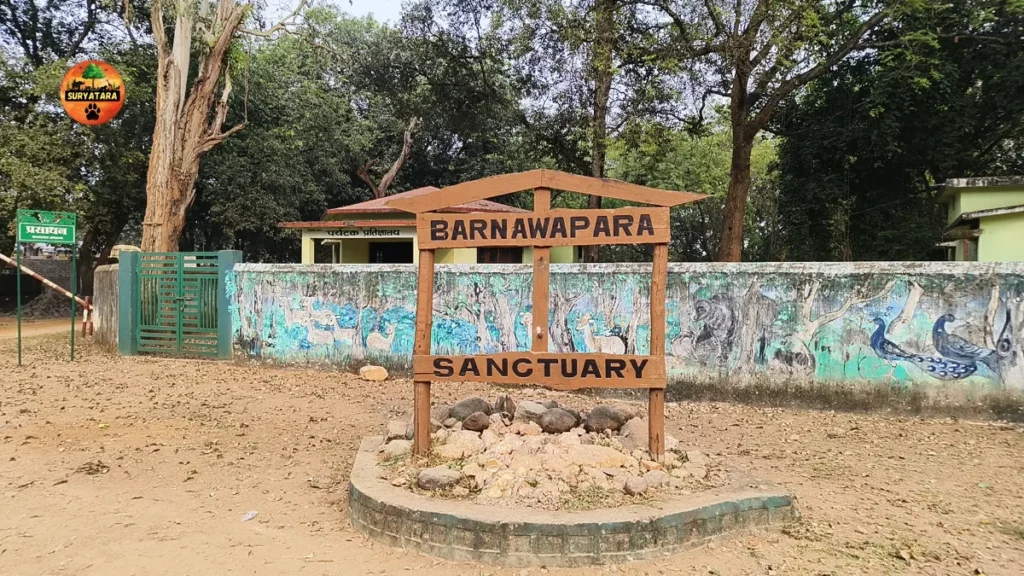
Community participation plays a critical role in the sanctuary’s conservation success. Programs that focus on education, youth involvement, and livelihood generation are integrated with forest management. Students witness firsthand how cooperation between forest staff and local communities strengthens wildlife protection and fosters sustainable development.
Intern Adarsh Tiwari shared, “During tracking and bird watching, we learned not just to identify species, but also to understand their role in the ecosystem. Anti-poaching walks showed us the challenges faced by forest staff in safeguarding biodiversity.”
Working in Challenging Conditions
Interns also observed the rigorous conditions under which forest officers operate. The program instills responsibility, patience, and sensitivity toward wildlife and communities. Students realize that being a forest officer is more than a profession—it is a commitment to society and the environment.
The natural beauty and biodiversity of Barnawapara Wildlife Sanctuary provide a perfect setting for experiential learning. Interns gain insights into the integration of science, community participation, and administrative strategies in achieving conservation goals. Activities like tracking, bird watching, habitat management, plant identification, patrolling, conflict resolution, soil and water conservation, fire protection, and digital data collection equip them with holistic knowledge and practical skills.
Also read: Salim Ali Bird Sanctuary: How to reach,information,opening time in Goa
Barnawapara Wildlife Sanctuary: A Hub for Biodiversity and Learning
The Barnawapara Wildlife Sanctuary is one of Chhattisgarh’s prime tourist destinations, attracting thousands of visitors annually to witness its rich flora and fauna. Beyond tourism, the sanctuary serves as an educational hub for future forest officers. The internship program provides not just theoretical knowledge but practical skills and real-world experience, preparing students to take on responsibilities in forest management and wildlife conservation.
Intern Ashutosh noted, “This internship has been a transformative experience. I’ve learned about wildlife, forest management, and the critical role of community engagement. It’s a real-world lesson in how administration, technology, and local participation work together to conserve nature effectively.”
Preparing Future Forest Leaders
The training at Barnawapara Wildlife Sanctuary ensures that students are ready to tackle the challenges of modern forestry and wildlife management. By participating in diverse activities and understanding the complexities of conservation firsthand, interns develop critical thinking, empathy, and leadership skills essential for their future careers.
This practical exposure equips the next generation of forest officers to manage ecological, administrative, and societal challenges, making Barnawapara Wildlife Sanctuary a vital institution for conservation education in India.
In conclusion, the internship program at Barnawapara Wildlife Sanctuary is much more than an academic exercise. It provides students with practical knowledge of wildlife management, habitat restoration, community engagement, and eco-tourism. For aspiring forest officers, it is an invaluable experience that bridges the gap between theory and practice, shaping the future of forest conservation in India.
Barnawapara Wildlife Sanctuary stands as a beacon of learning, conservation, and biodiversity, nurturing the skills, responsibility, and commitment of future forest leaders.
